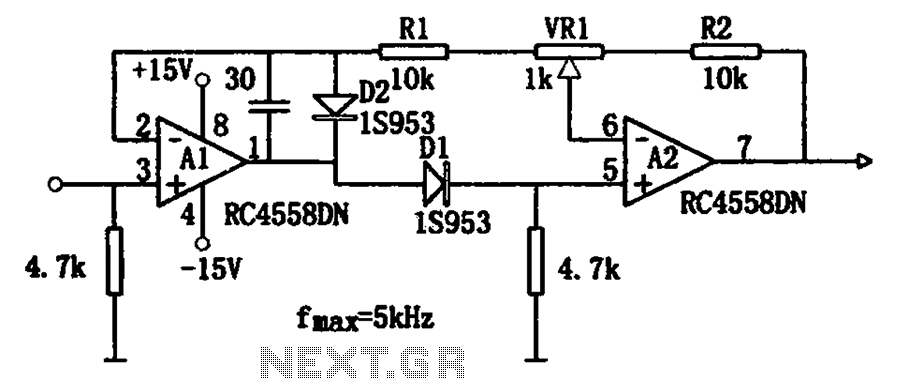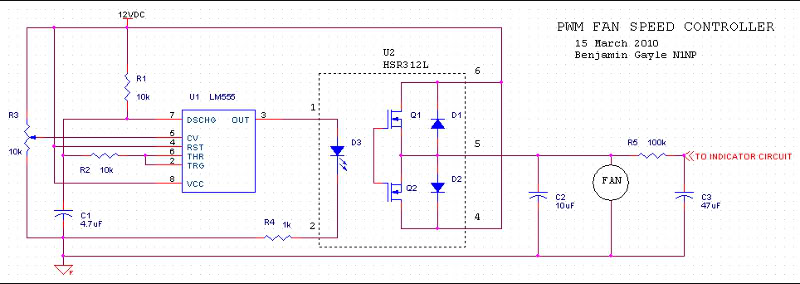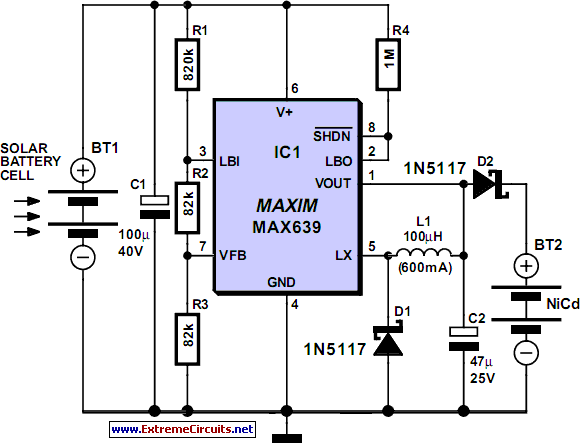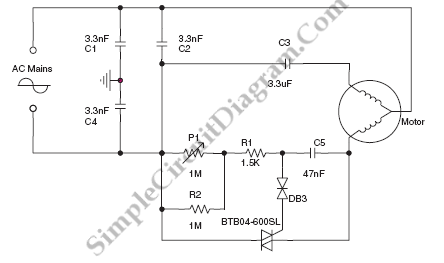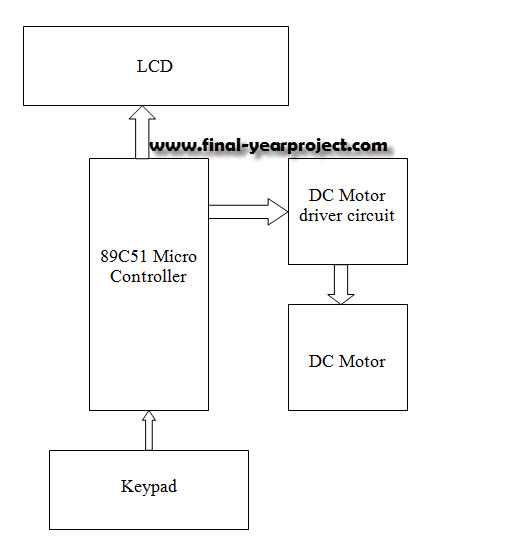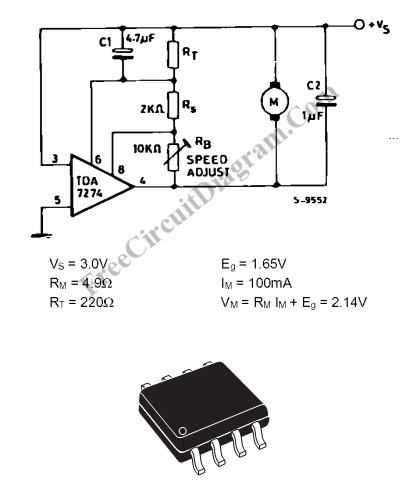
High Speed A/D converter 12-bit
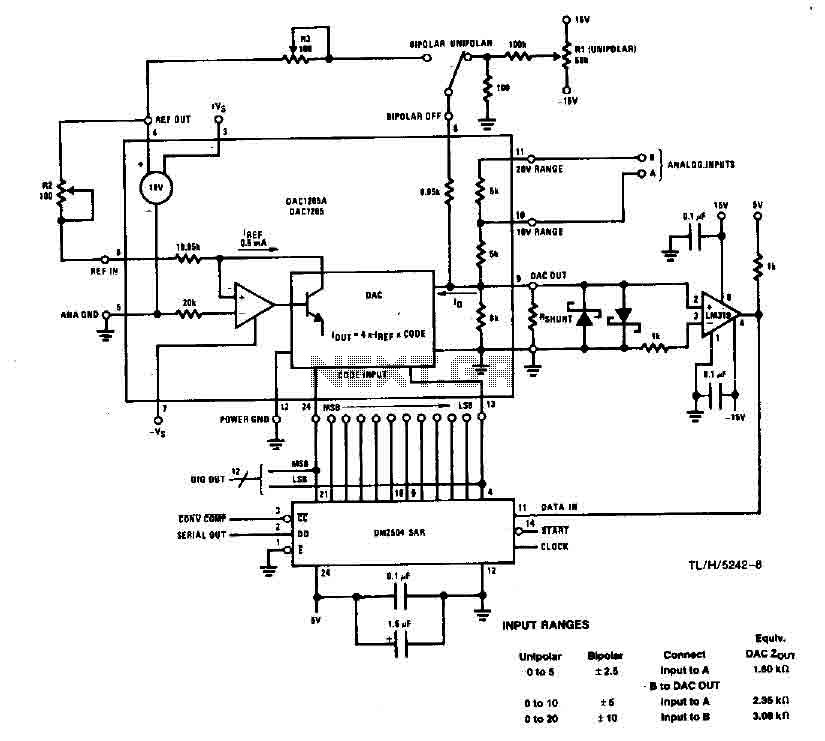
This system performs a complete conversion of 12 bits in both unipolar and bipolar modes. The converter is accurate to ±12-bit LSB with a typical gain temperature coefficient of 10 ppm/°C. In unipolar mode, the system operates within a range of 0 V to 9.9976 V, with each bit representing a value of 2.44 mV. To ensure true conversion accuracy, an A/D converter must be calibrated such that the output code corresponds precisely to the input voltage levels, with the LSB indicating the exact voltage represented by the code.
To achieve this, the converter's zero point should be calibrated using an input voltage of 1.22 mV, adjusting R_trim until the LSB begins to appear (with all other bits remaining "0"). For full-scale calibration, an input voltage of 9.9963 V should be applied (10-V LSB), and R2 should be adjusted until the LSB starts to appear (with all other bits remaining "1"). In the bipolar mode, the signal range is from -5.0 V to 4.9976 V. The bipolar offset calibration is performed by applying a -4.9988 V input signal and adjusting R3 for LSB transition (with all other bits remaining "0"). Full-scale calibration in bipolar mode is determined by applying a 4.9963 V input signal and adjusting R2 until the transition to LSB occurs (with all other bits remaining "1").
This 12-bit converter is designed to facilitate precise analog-to-digital conversion in various applications. The unipolar mode allows for a wide range of input voltages, making it suitable for applications requiring high-resolution measurements within the specified range. The calibration process is crucial for maintaining accuracy and reliability in the output codes, ensuring that the digital representation of the analog signal is as close to the actual input voltage as possible.
In bipolar mode, the ability to handle negative voltages expands the versatility of the converter, allowing it to be used in applications that involve fluctuating signals around a zero voltage reference. The meticulous trimming process for both unipolar and bipolar modes ensures that the converter can achieve optimal performance, reducing errors caused by offset and gain drift over temperature variations.
Overall, the design of this 12-bit converter emphasizes precision and adaptability, making it a valuable component in various electronic systems that require accurate analog-to-digital conversion.This system performs a complete conversion of 12 bits in 10 p unipolar or bipolar. This converter is accurate to ± 12-bit LSB Y2 and a typical gain TC of 10 ppm / ° C. In unipolar mode, the system range is 0 V to 9.9976 V, with each bit having a value of 2.44 mY. For the accuracy of true conversion, an A / D converter must be trimmed so that, given the results just the exit code of input levels of Y2 Y2 LSB LSB below to above the exact voltage represents the code. Therefore, the converter zero point should be cut with an input voltage of 1.22 mY; R trim until the LSB is just beginning to appear in the exit (all other bits "0") . For the entire scale, use an input voltage of 9.9963 V (10-VI LSB LSB Y2), then cut R2 until the LSB is just beginning to appear (all other bits "1 ").
Bipolar signal range - 5.0 V to 4.9976 V. Bipolar offset cutting is done by applying a - 4.9988 V input signal and trimming R3 for LSB transition (all other bits "0"). On a large scale is determined by applying cutting R2 4.9963 V and the transition to LSB (all other bits "1").
🔗 External reference
To achieve this, the converter's zero point should be calibrated using an input voltage of 1.22 mV, adjusting R_trim until the LSB begins to appear (with all other bits remaining "0"). For full-scale calibration, an input voltage of 9.9963 V should be applied (10-V LSB), and R2 should be adjusted until the LSB starts to appear (with all other bits remaining "1"). In the bipolar mode, the signal range is from -5.0 V to 4.9976 V. The bipolar offset calibration is performed by applying a -4.9988 V input signal and adjusting R3 for LSB transition (with all other bits remaining "0"). Full-scale calibration in bipolar mode is determined by applying a 4.9963 V input signal and adjusting R2 until the transition to LSB occurs (with all other bits remaining "1").
This 12-bit converter is designed to facilitate precise analog-to-digital conversion in various applications. The unipolar mode allows for a wide range of input voltages, making it suitable for applications requiring high-resolution measurements within the specified range. The calibration process is crucial for maintaining accuracy and reliability in the output codes, ensuring that the digital representation of the analog signal is as close to the actual input voltage as possible.
In bipolar mode, the ability to handle negative voltages expands the versatility of the converter, allowing it to be used in applications that involve fluctuating signals around a zero voltage reference. The meticulous trimming process for both unipolar and bipolar modes ensures that the converter can achieve optimal performance, reducing errors caused by offset and gain drift over temperature variations.
Overall, the design of this 12-bit converter emphasizes precision and adaptability, making it a valuable component in various electronic systems that require accurate analog-to-digital conversion.This system performs a complete conversion of 12 bits in 10 p unipolar or bipolar. This converter is accurate to ± 12-bit LSB Y2 and a typical gain TC of 10 ppm / ° C. In unipolar mode, the system range is 0 V to 9.9976 V, with each bit having a value of 2.44 mY. For the accuracy of true conversion, an A / D converter must be trimmed so that, given the results just the exit code of input levels of Y2 Y2 LSB LSB below to above the exact voltage represents the code. Therefore, the converter zero point should be cut with an input voltage of 1.22 mY; R trim until the LSB is just beginning to appear in the exit (all other bits "0") . For the entire scale, use an input voltage of 9.9963 V (10-VI LSB LSB Y2), then cut R2 until the LSB is just beginning to appear (all other bits "1 ").
Bipolar signal range - 5.0 V to 4.9976 V. Bipolar offset cutting is done by applying a - 4.9988 V input signal and trimming R3 for LSB transition (all other bits "0"). On a large scale is determined by applying cutting R2 4.9963 V and the transition to LSB (all other bits "1").
🔗 External reference
